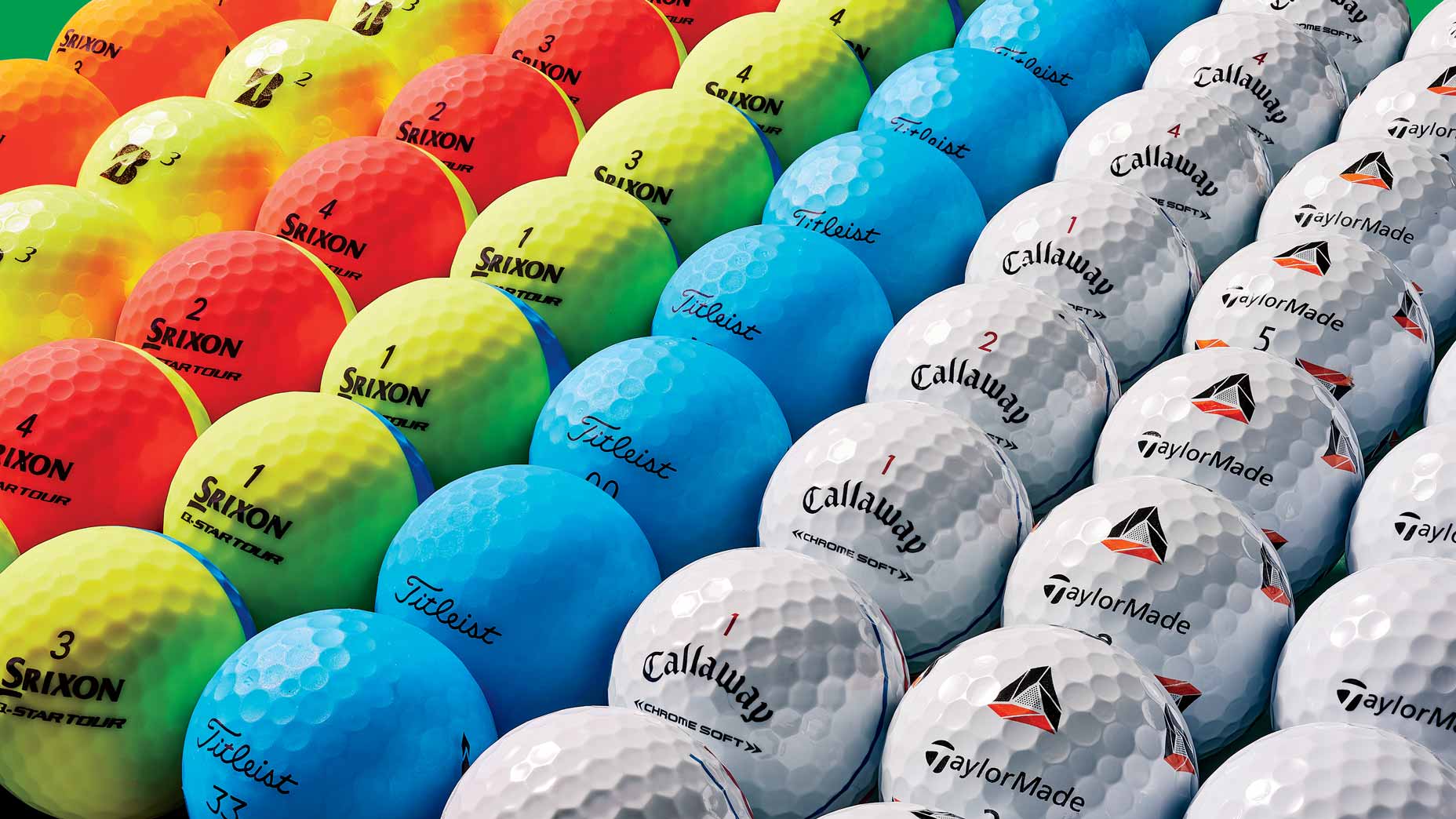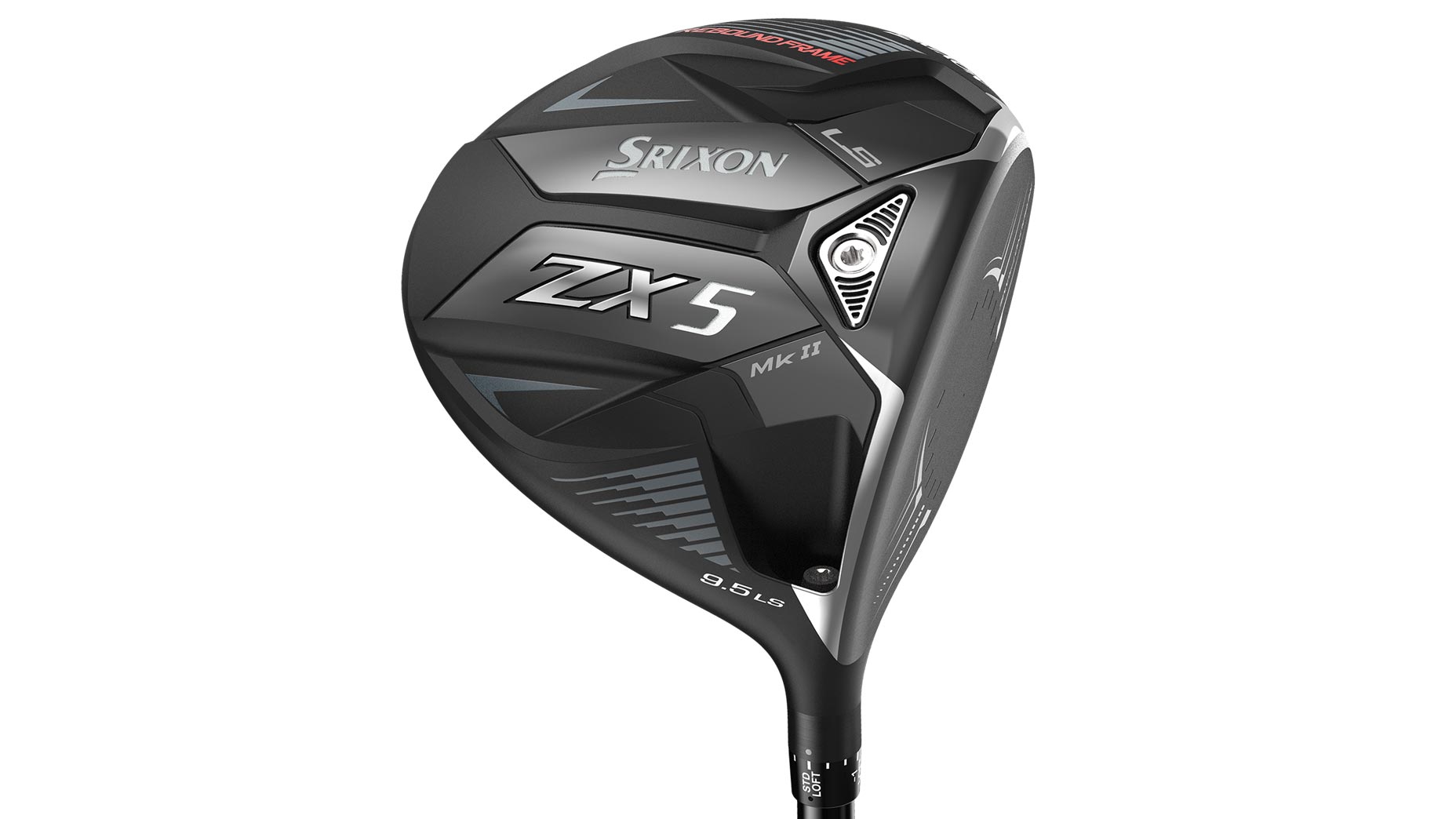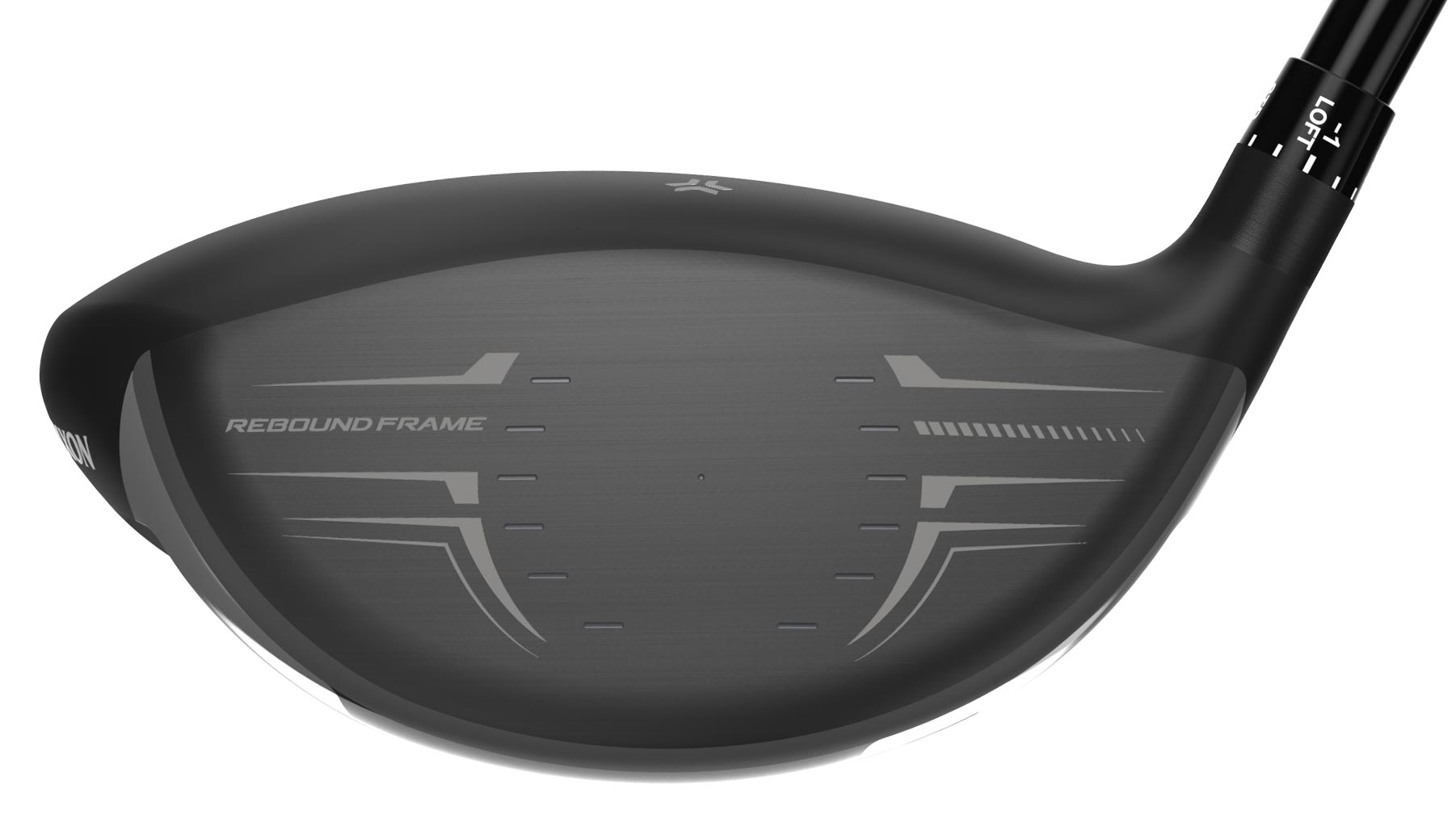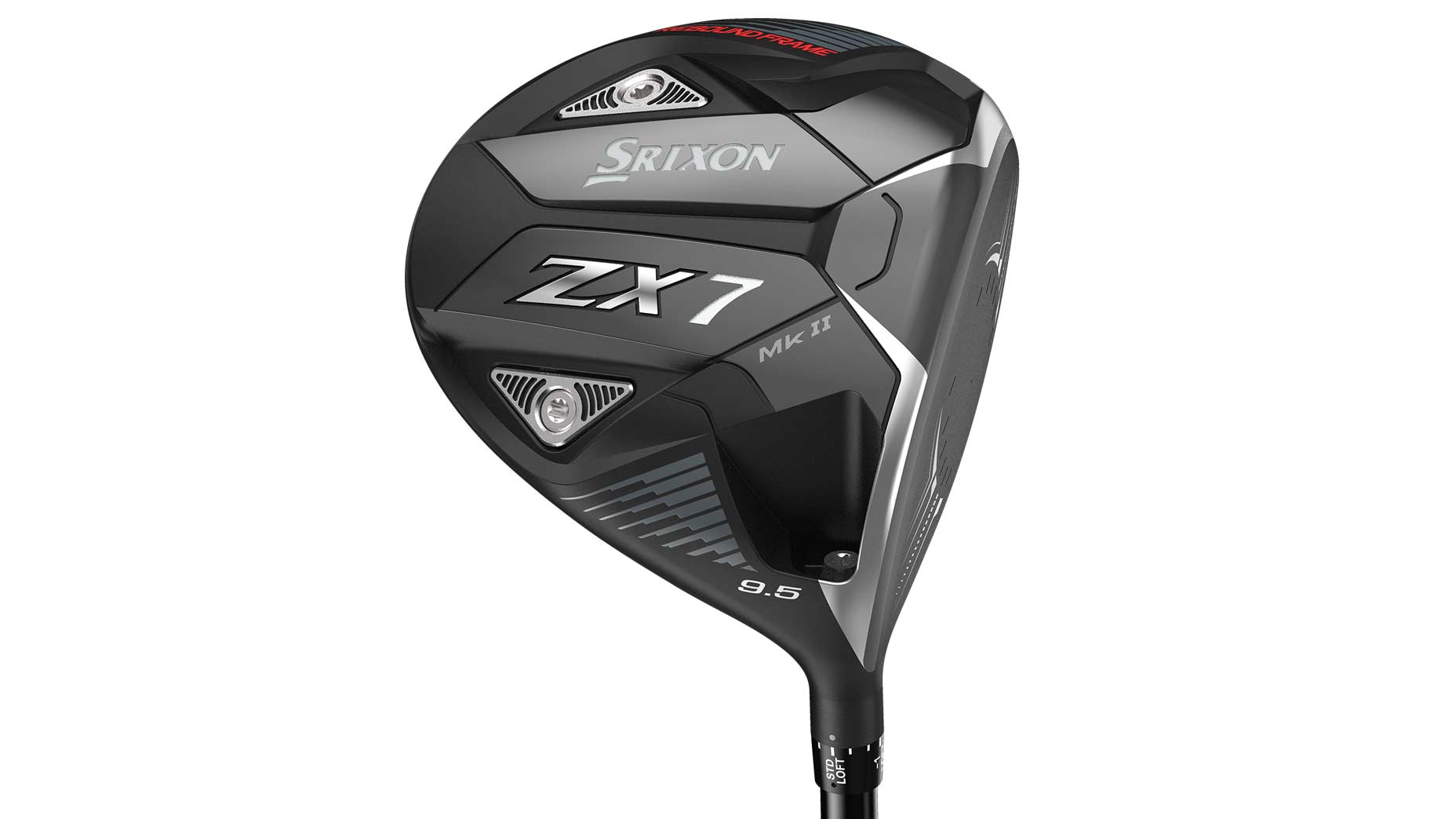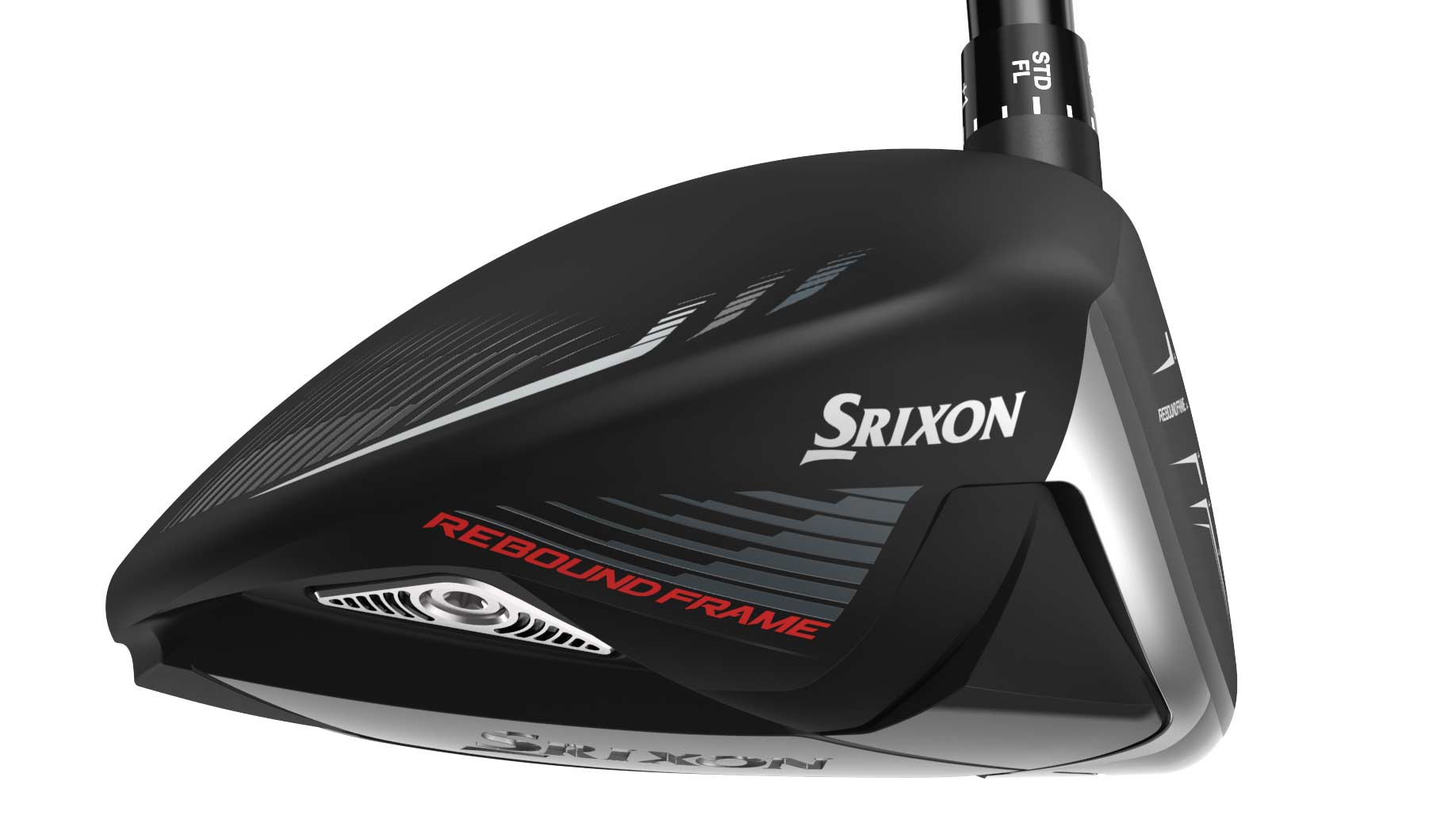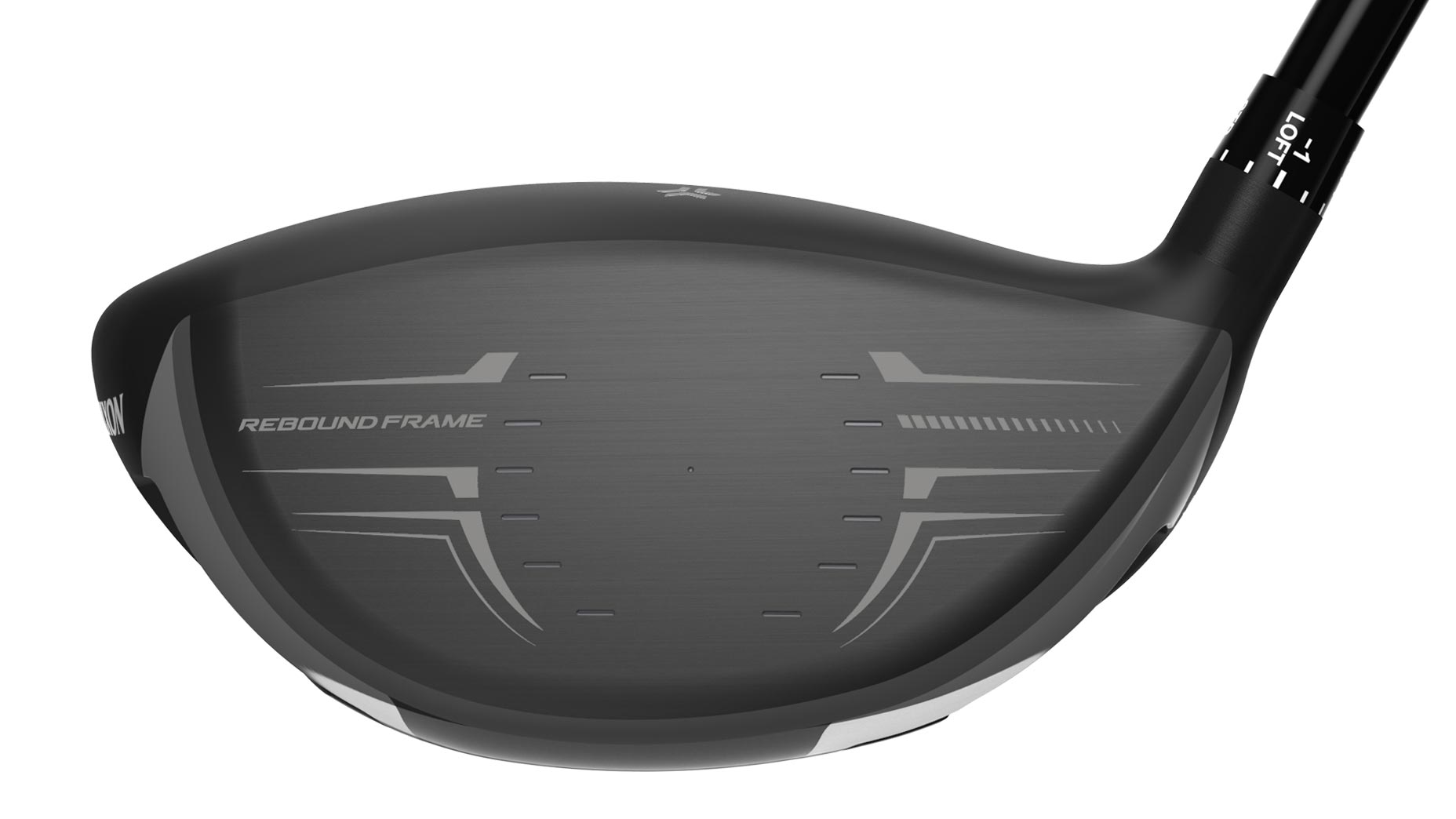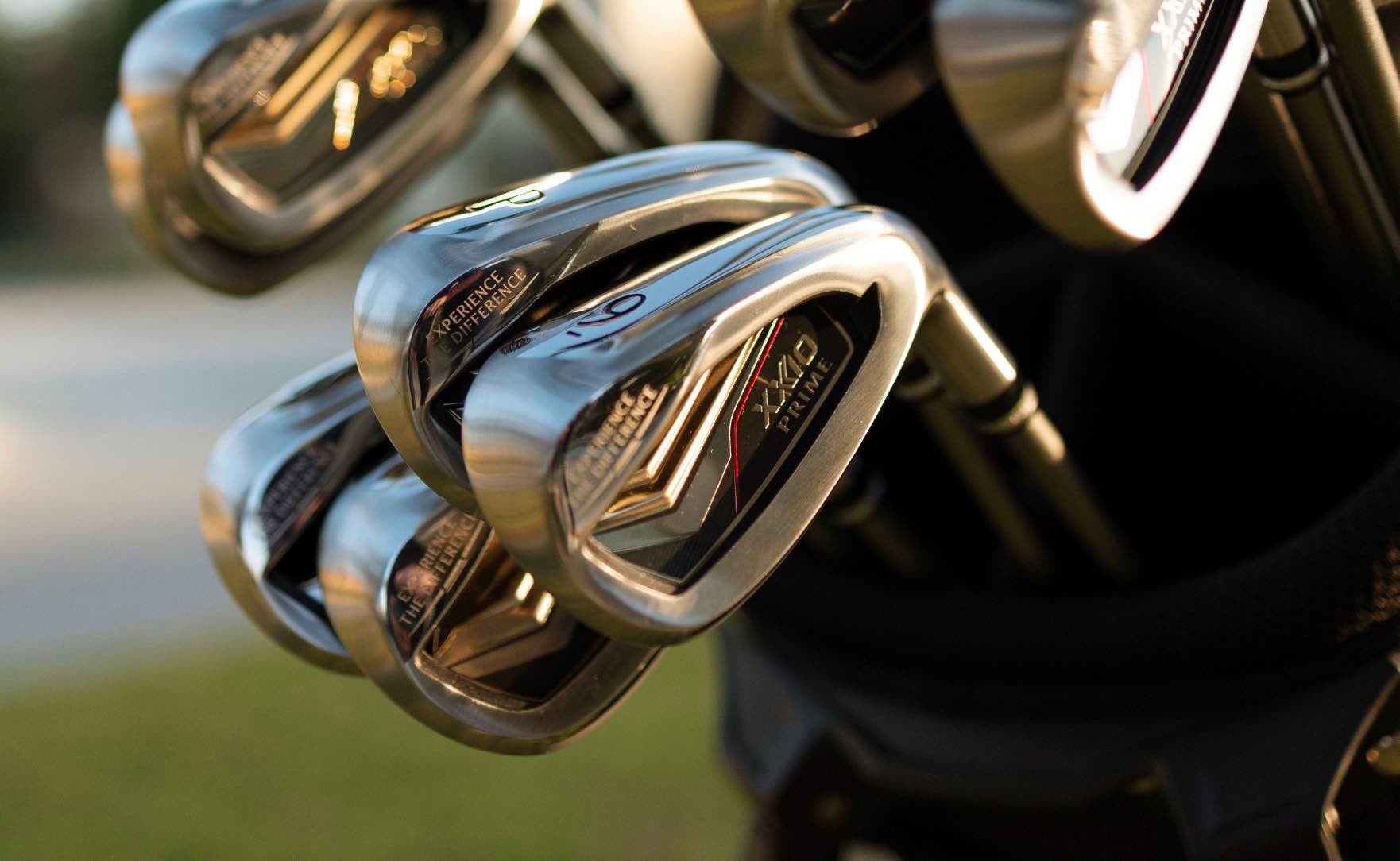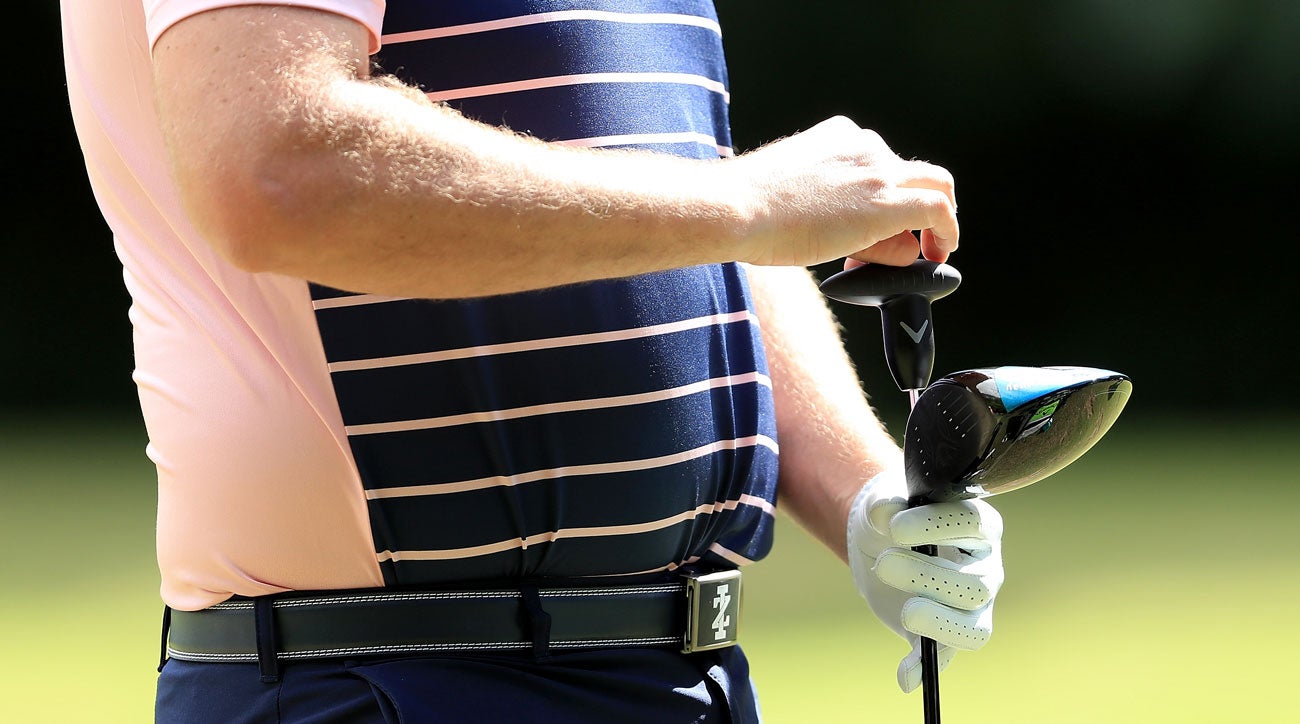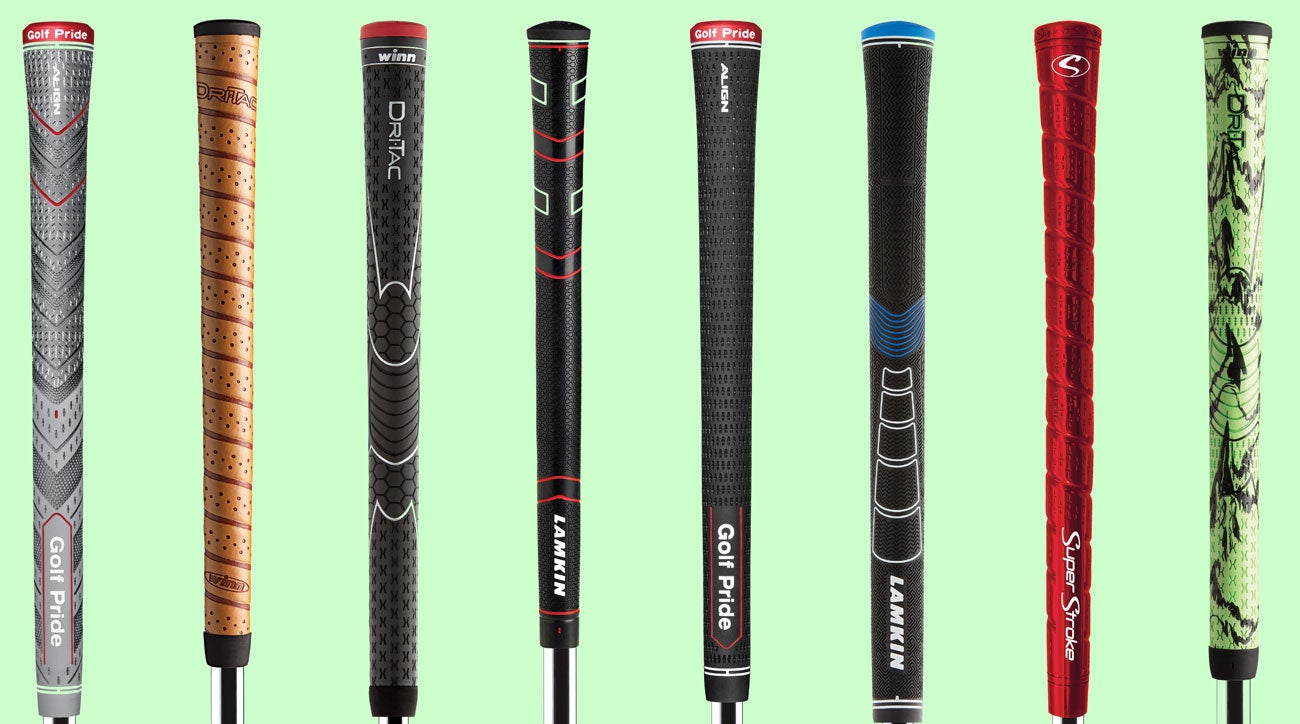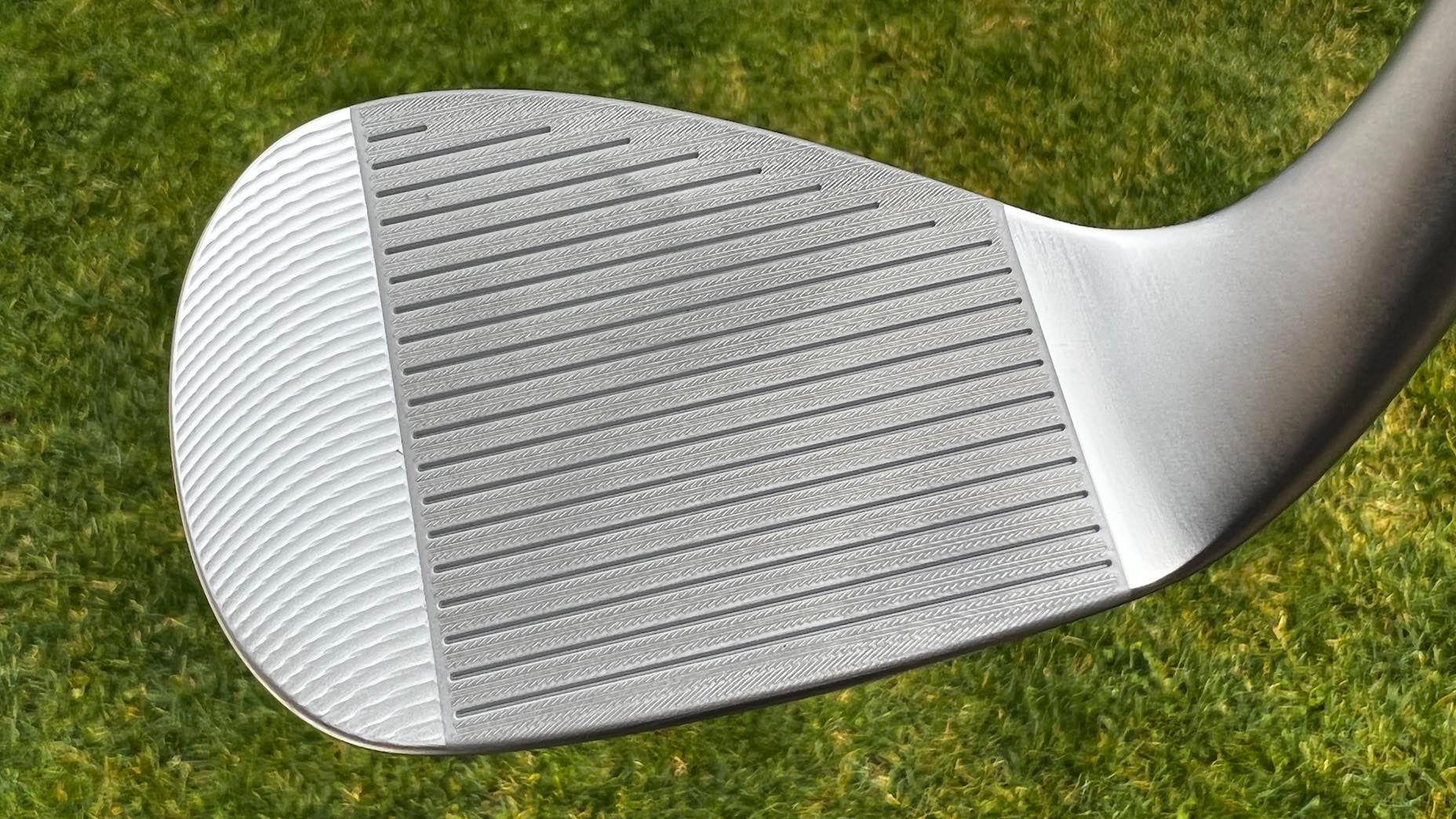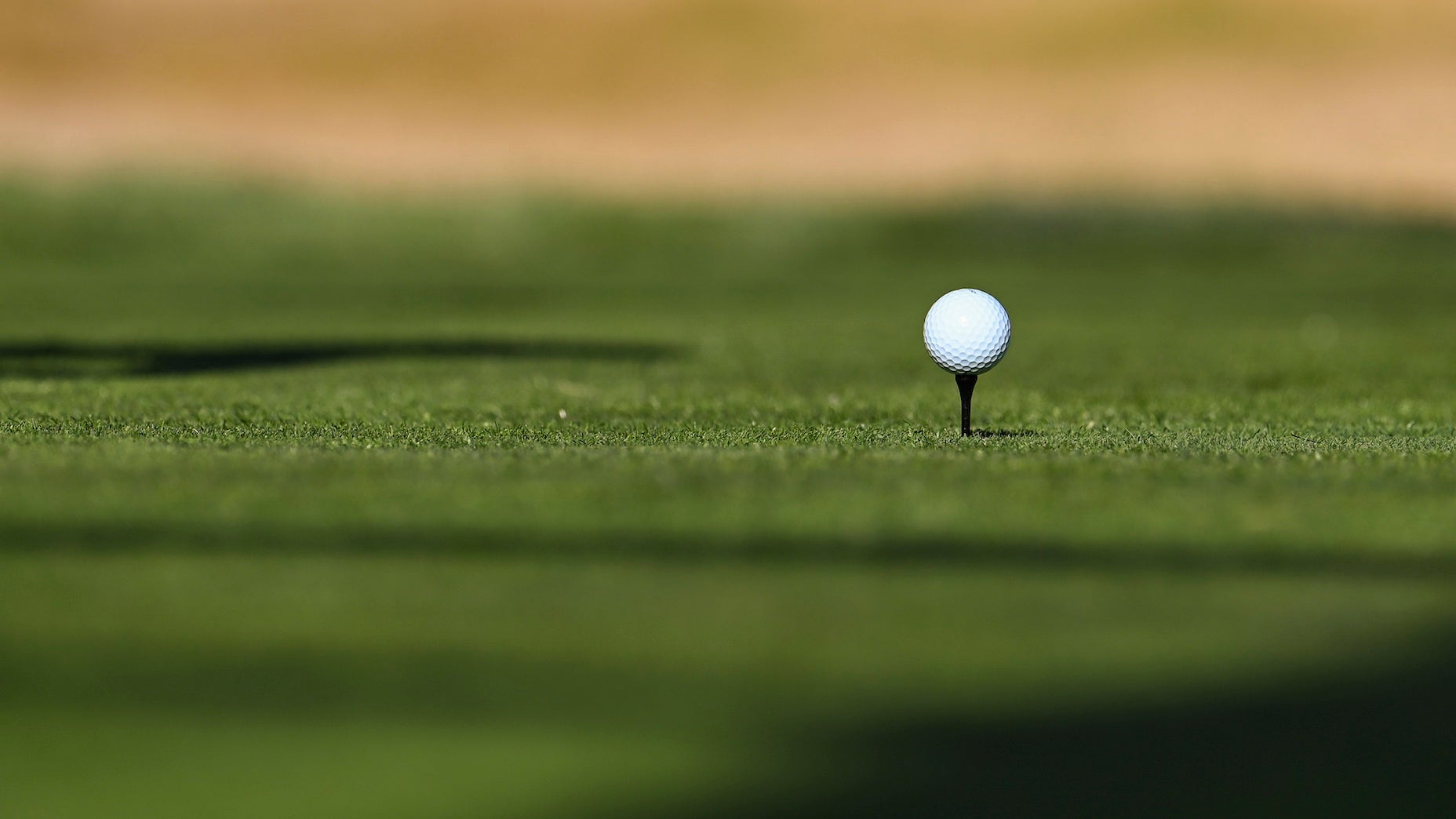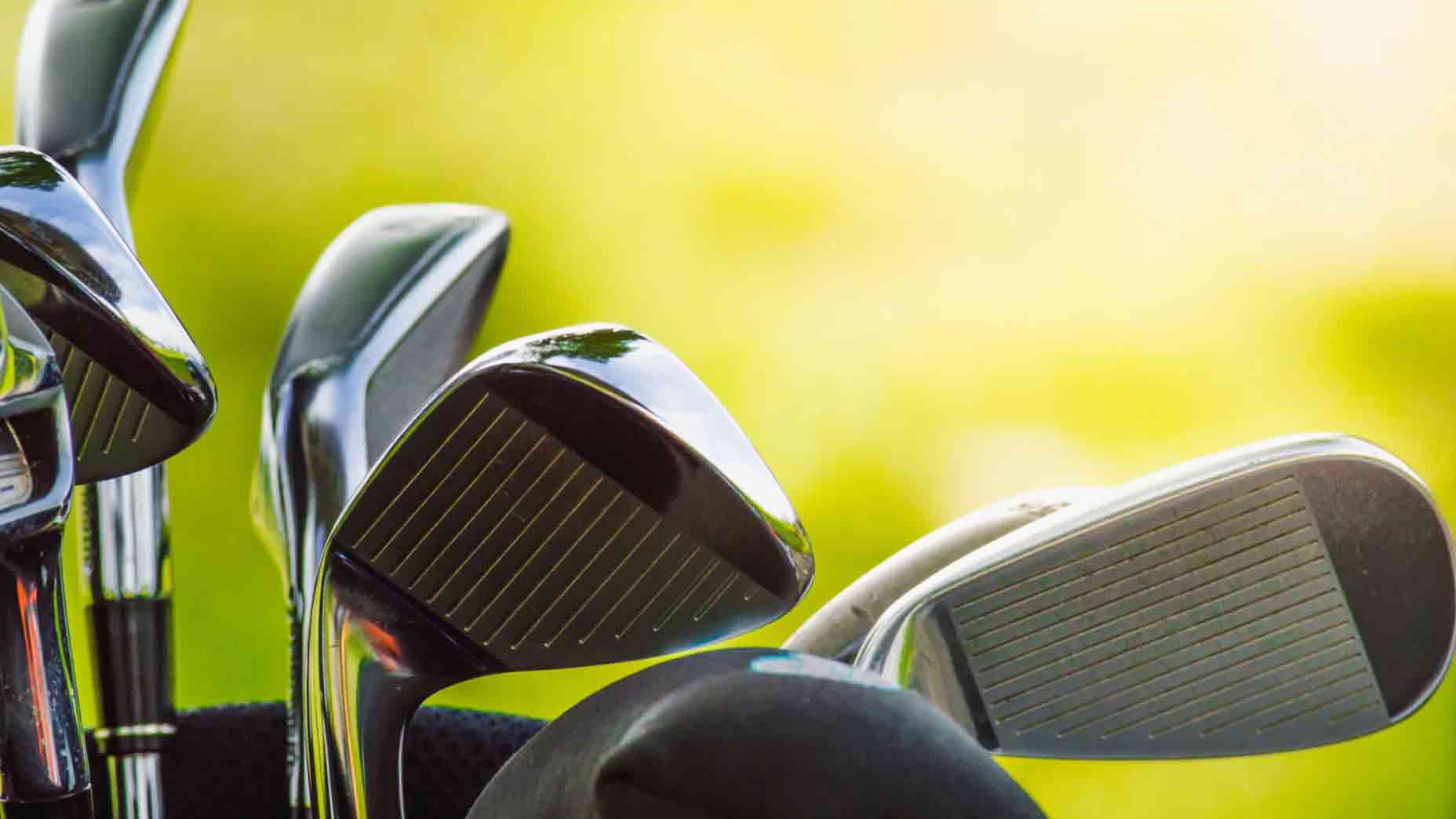Buying new clubs? Let’s decipher equipment truths | Gear Qs Afraid to Ask

We look at common marketing phrases to help you better understand the difference between what's important and what probably isn't.
Getty Images
Welcome to Gear Questions You’re Afraid to Ask, a GOLF.com series produced in partnership with Cleveland/Srixon Golf. This week we cover what you really need to know when it comes time to buy new gear and also, how to tell between what language matters and what doesn’t.
How can I sift through the marketing hype and know what really matters when it comes to new golf equipment? — Josh B., California
You’re not after our job, are you? Knowing what matters and what doesn’t is a huge part of what we do here at GOLF.com. Our main goal is for our readers to make educated decisions when it comes time to buy, sell, or even trade golf equipment. But since you ask, we’re going to give you a few pointers to consider as legitimate truth (i.e. the stuff), as well as let you know what we think you should maybe take with a grain of salt (i.e. the fluff).
Let’s start with the fluff:
“This product will instantly cure your slice and make you hit a draw.”
As much as we want this one to be true, it’s highly unlikely a driver, no matter how draw-biased it is, will completely eradicate your slice and turn it into a draw. A slice is the by-product of a clubface angle open relative to the club path, and the only way to truly rid yourself of the banana ball is to work on your swing mechanics.
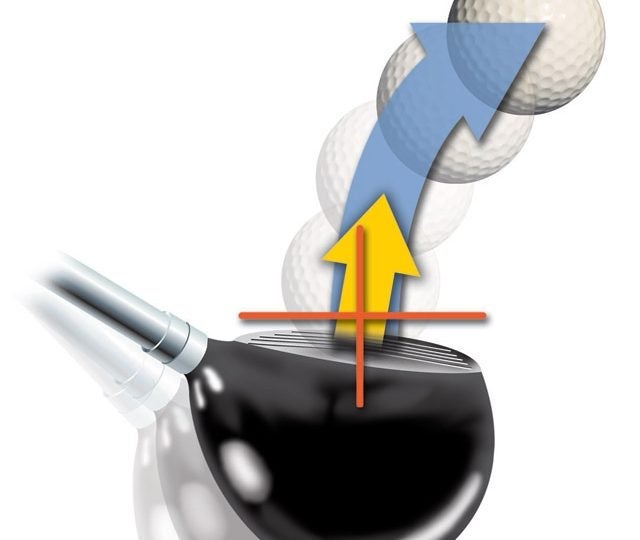
But a draw-biased driver can most certainly help you better square the face at impact and make it easier for you to correct your club face angle at impact and prevent the ball from curving to the right. But to hit a draw, you have to fix your swing path, not just your clubface angle at the moment of truth.
“With this hybrid, you can get up and down from anywhere.”
Hybrids have definitely made it easier to hit longer shots from precarious lies. But from anywhere? Yeah, probably not. If you find the ball lodged deep in some thick grass or thatch, you may need the digging power of a wedge to extricate the ball, not a hybrid, which usually requires some room behind the ball for it to be an effective club choice. Even though hybrids are designed for descending blows into the ball, it’s not the choice for every kind of lie.
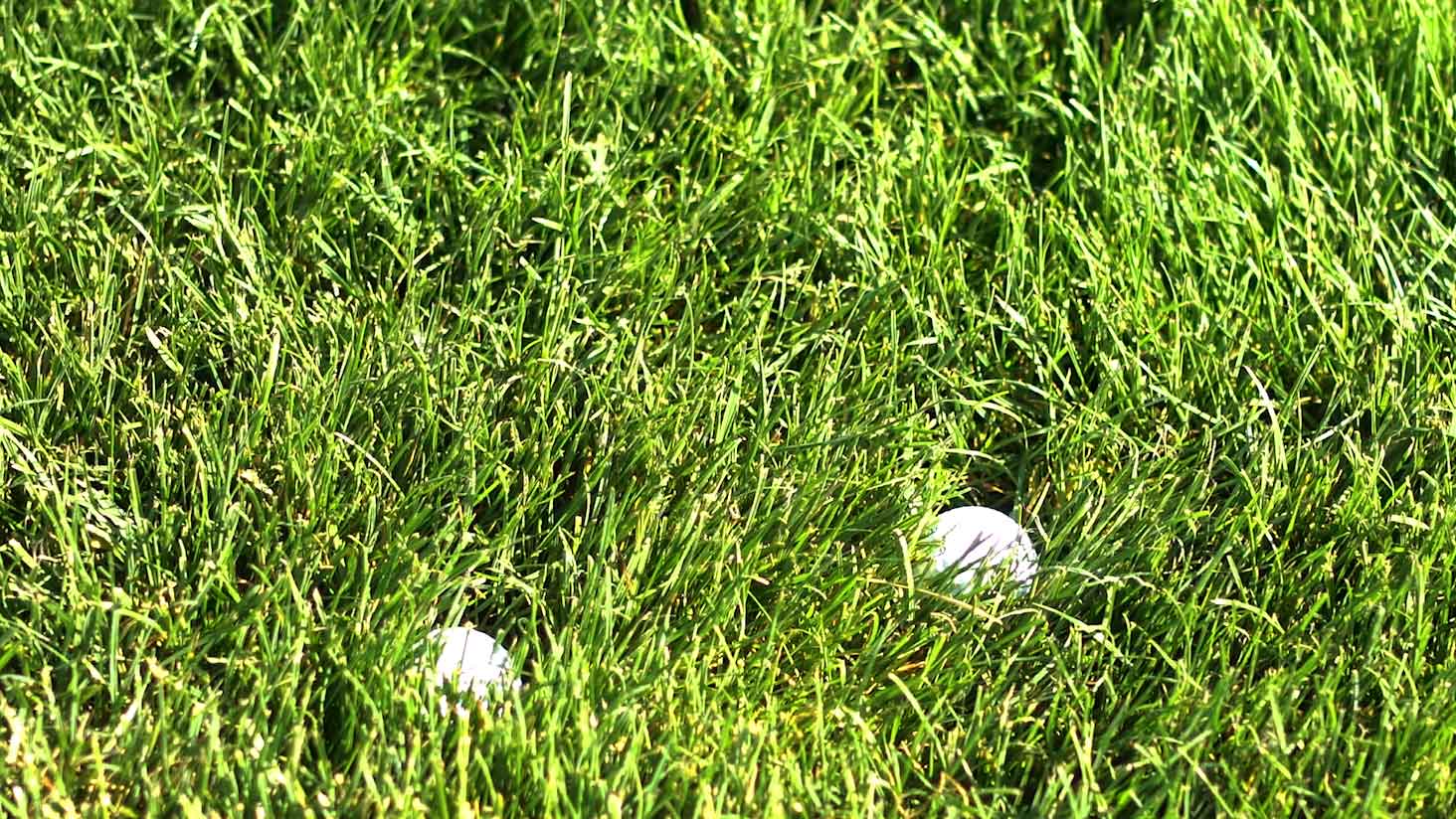
“Off-the-rack irons probably fit you just fine.”
Whether this is something you tell yourself or something a pushy salesperson has uttered to get you to make a purchase, for many golfers, it’s just not true. Worse, many golfers who assume off-the-rack specs are right for them never bother to go through a club fitting anyway, so they probably will never know if they’re using the wrong clubs for their swing. Now we’re not saying you shouldn’t buy clubs off the rack — by all means, do it if you can get a good deal. Just be sure to take them with you to see a clubfitter after you do to dial in your specs. In the rare chance off-the-rack specs are close to a great fit, a good fitter will let you know of a few tweaks you can make to make them work even better.
“This putter will make you putt like a pro.”
We’ll call this one partly true. A new putter that has characteristics that match your putting stroke will likely help you (more on this below), but the fact is, putting comes down to how well you assess speed and break. No putter can do that work for you, but a good putter that makes you more confident in your stroke can certainly help.
“Because [insert someone else] uses this ball, so should you.”
Just because your favorite player uses a particular golf ball doesn’t mean you should do the same and tee up the exact same one. Your golf ball should match your ability, swing speed and desired shot shape — not someone else’s. The good news is, several golf balls are now available in sets or families of balls, meaning there might be a ball that’s a slightly different iteration from your favorite player’s ball that is, in fact, right for you.
Now on to the stuff:
“This driver is extremely forgiving/made for shotmaking versatility.”
This statement holds true. Most drivers can be categorized as either game improvement/distance drivers or drivers designed to enhance shotmaking capabilities. A forgiving driver typically features a shallower clubface and weight positioned further back and lower in the clubhead, resulting in a higher launch. On the other hand, a player’s driver has a more neutral left/right weight distribution with the CG placed more forward. Additionally, it often has a deeper face and a higher center of gravity, making it easier to manipulate the ball. It’s not quite an apples-to-oranges comparison since both are still drivers, but there’s definitely a difference between how the two categories of drivers perform.
“These irons have a soft, buttery feel.”
Feel can’t be faked, and when an iron manufacturer claims it has a “soft” feel, it is likely accurate. A softer feel in irons is typically achieved through construction methods such as forged carbon steel or the use of mixed materials in the clubhead to dampen vibrations and provide a softer sensation. Regardless of the approach, when an iron is described as “soft,” you can generally trust that it lives up to that description.
“This wedge will help you in the bunker.”
When a wedge manufacturer asserts that a particular wedge will assist you in efficiently escaping bunkers, it is because the wedge is specifically designed for that purpose. Most of these wedges are constructed with extra bounce to prevent excessive digging, making it easier to lift the ball out of the sand. One example is Cleveland’s Smart Sole 4, which features an oversized, three-tiered wide sole, enabling easier ball striking from both sand and challenging lies in the rough. In essence, if a wedge is designed with a singular purpose, such as the anti-chunk design of the Smart Sole 4, you can trust that it will deliver on that promise.
“This putter is designed to match your stroke.”
Now we’re talking. As mentioned earlier, a new putter alone cannot solve your putting challenges, but having one that aligns with your stroke can certainly be beneficial. For instance, if you have a straight back and through stroke, you may prefer a face-balanced mallet putter. On the other hand, if you have a significant arcing stroke, a blade putter with ample toe hang may help your stroke flow more smoothly.
“This ball might help you hit it further.”
The key word here is “might.” Not every golfer will experience the same distance benefits from using the same ball, as some balls are specifically tuned for players with certain swing speeds. However, if you are realistic and choose a ball that matches your swing speed, you can expect to see an increase in distance when switching from using the wrong type of ball to the right one.
Srixon ZX5 MKII and ZX7 MK II Drivers
Want to overhaul your bag for 2023? Find a fitting location near you at True Spec Golf, and for more on the latest gear news and information, check out our latest Fully Equipped podcast below!

